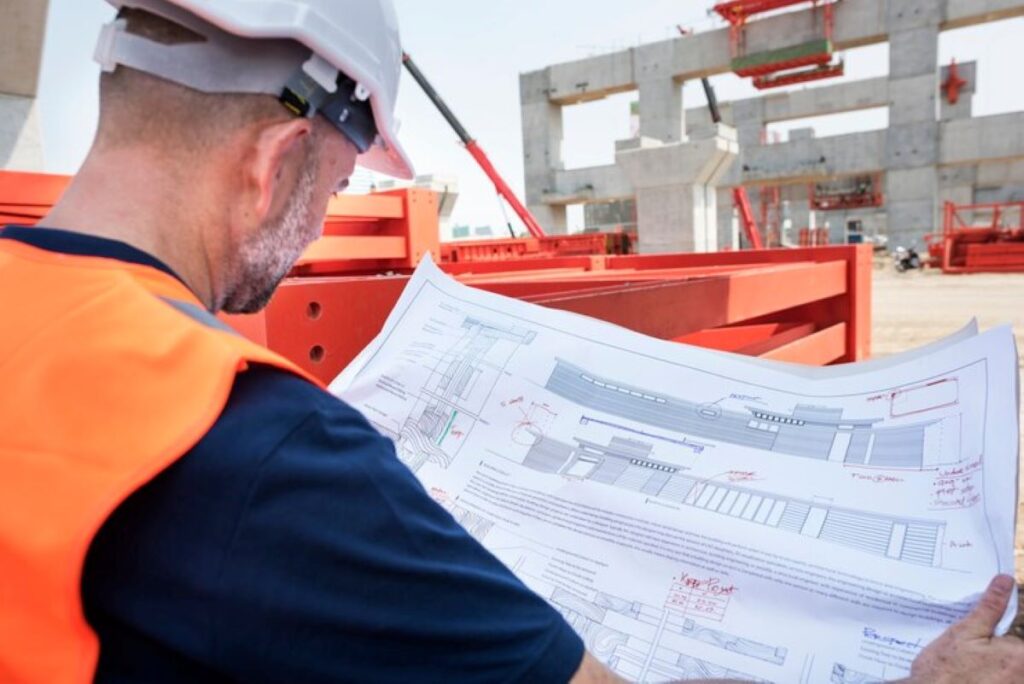Buyers Advocacy Eastern Suburbs: Why More Buyers Are Choosing Professional Support
Why Are More Buyers Choosing Professional Support in the Eastern Suburbs?
Buyers advocacy Eastern Suburbs has transformed from a niche service to an essential resource for property purchasers navigating one of Australia’s most prestigious markets. The Eastern Suburbs, stretching from Bondi to Maroubra and inland to Randwick, represents some of Sydney’s most coveted real estate territory.
The shift towards professional support for property buyers reflects the increasing complexity of this high-stakes market. You’re competing against seasoned investors, downsizers with substantial equity, and international buyers who understand the value of expert representation. Without professional guidance through Buyers advocacy Eastern Suburbs, you risk missing opportunities or overpaying in a market where properties regularly sell for millions.
Expert guidance becomes crucial when you consider the Eastern Suburbs’ unique characteristics:
- Private sales dominance – Many premium properties never reach public advertising
- Competitive auction environments – Bidding wars are common for desirable homes
- Complex due diligence requirements – Heritage overlays, coastal regulations, and strata complexities
Professional buyers advocates bring 13+ years of market experience, having facilitated over $1.5 billion in property transactions. You gain access to their established networks, negotiation expertise, and deep understanding of neighbourhood dynamics that can make the difference between securing your dream home and missing out entirely.
What Is Buyers Advocacy and How Does It Benefit Buyers in the Eastern Suburbs?
Buyers advocacy is a professional service where licensed agents work exclusively for property buyers instead of sellers. These specialists act as your dedicated representative throughout the entire property buying process, making sure your interests remain the main focus at every stage.
A buyers agent’s role goes beyond just suggesting properties. They do thorough market research, find suitable properties that meet your specific needs, and negotiate on your behalf. Their knowledge becomes especially valuable in the Eastern Suburbs property market, where properties often have high prices and strong competition.
Tailored Services That Transform Your Property Journey
Professional buyers advocates offer a complete range of services designed to make your property purchase easier:
- Property search and evaluation – Finding properties that fit your budget, lifestyle, and investment goals
- Market analysis and due diligence – Providing detailed reports on property values, growth potential, and market conditions
- Negotiation expertise – Getting the best possible purchase price through strategic bidding and private treaty negotiations
- Settlement coordination – Managing all legal paperwork, inspections, and settlement processes
Whether you’re a first-time buyer dealing with the complexities of owning a property or an experienced investor looking to grow your portfolio, buyers advocacy simplifies what can otherwise become an overwhelming process. You gain access to professional knowledge that balances the power against experienced sellers and their agents, while saving many hours of research and property inspections.
Why Is the Eastern Suburbs Property Market Unique and Challenging to Navigate?
The Eastern Suburbs real estate market is one of Australia’s most prestigious property destinations, known for its unique blend of coastal lifestyle and urban sophistication. This exclusive area stretches from Paddington to Maroubra, including some of Sydney’s most sought-after locations such as Bondi, Coogee, and Double Bay.
Luxury homes are the norm here, with many properties worth millions of dollars. The area’s appeal comes from:
- Waterfront properties with stunning views of the harbour and ocean
- Historic mansions and modern architectural masterpieces
- Close proximity to world-class beaches and recreational facilities
- Top-notch private schools and high-end amenities
Challenges in the Competitive Property Market
The competitive property market poses significant challenges for buyers. In premium Eastern Suburbs areas, around 40% of transactions are private sales, meaning many desirable properties are never publicly advertised. This creates a situation where insider knowledge becomes crucial for finding the best opportunities.
Auction clearance rates consistently surpass Sydney’s average, with some suburbs seeing rates above 80%. Competitive bidding at auctions often results in properties selling for much higher than their reserve prices, especially for waterfront properties and homes in prestigious locations like Vaucluse and Bellevue Hill.
You’ll come across savvy sellers who know exactly how much their property is worth, making skilled negotiation essential. The exclusivity of the market means that factors like timing, connections, and expert advice can make all the difference in whether you get your dream home or lose out completely.
How Do Buyers Agents Provide Local Expertise and Market Knowledge?
Local real estate knowledge is the foundation of effective buyers advocacy in the Eastern Suburbs. Professional buyers agents have a deep understanding of micro-market dynamics that casual observers may miss. They provide you with detailed insights about price differences on each street, historical growth patterns, and up-and-coming areas before they become widely known.
Eastern Suburbs experts unravel the complex network of school catchment zones that greatly influence property values. They know which streets are within desirable school boundaries and how rezoning proposals might impact future investment potential. This property market insights also includes an analysis of amenities – such as proximity to beaches, transport links, and upcoming infrastructure developments.
Experienced agents like those at Pivot Property Buyers use their 13 years of market experience to spot subtle neighbourhood trends. They understand which areas of Bondi, Coogee, or Double Bay offer the best value based on your specific needs. Their strong local connections provide up-to-date information about market sentiment, recent comparable sales, and vendor motivations that you cannot find through online research or casual property browsing.

How Do Buyers Agents Save Time and Money for Their Clients?
Time-saving property search becomes effortless when buyers agents handle the legwork for you. Rather than spending weekends attending countless open homes, your agent conducts thorough property inspections on your behalf, providing detailed reports and recommendations. This systematic approach eliminates properties that don’t meet your criteria before you invest precious time visiting them. Learn more about property buyers Agent Eastern Suburbs: local knowledge that gives you an edge.
Expert negotiation strategies form the cornerstone of significant cost savings. Professional buyers advocates understand market dynamics and vendor motivations, enabling them to secure properties below asking price. Their negotiation expertise often saves clients tens of thousands of pounds – far exceeding their service fees.
Avoiding real estate agent tactics becomes crucial in the Eastern Suburbs’ competitive environment. Buyers agents shield you from pressure tactics and misleading information commonly used by selling agents. They provide objective advice based on genuine market data rather than sales rhetoric.
Cost-effective negotiations extend beyond purchase price to include:
- Favourable contract terms and conditions
- Extended settlement periods when beneficial
- Inclusion of fixtures and fittings
- Reduced deposit requirements
This comprehensive approach ensures you secure the best possible deal whilst maintaining your valuable time for other priorities.
How Do Buyers Agents Handle Complex Processes Like Negotiations and Legal Paperwork?
Navigating Property Negotiations
Property negotiations require strategic expertise that goes beyond simple price discussions. Professional buyers agents manage multi-layered negotiation processes, from initial offers through counter-proposals and conditional terms. They understand vendor psychology, market timing, and leverage points that can secure favourable outcomes for their clients.
Supporting the Settlement Process
The settlement process support involves intricate coordination between multiple parties. Buyers agents orchestrate communications with solicitors, conveyancers, mortgage brokers, and building inspectors to ensure seamless transaction flow. They track critical deadlines, manage conditional requirements, and address potential roadblocks before they become costly delays.
Reviewing Legal Documents
Legal document reviews form a crucial component of professional advocacy services. Experienced agents scrutinise contracts of sale, identify problematic clauses, and recommend necessary amendments to protect buyer interests. They coordinate with legal professionals to ensure all documentation meets regulatory requirements whilst safeguarding client investments.
Coordinating Paperwork
The paperwork coordination extends to finance approval documentation, insurance arrangements, and pre-settlement inspections. This comprehensive approach eliminates the administrative burden from buyers, allowing them to focus on their property goals whilst professionals handle the technical complexities of high-value transactions.
In all these processes, understanding the legal framework is essential. Buyers agents leverage their knowledge of laws and regulations to navigate complex legal landscapes effectively, ensuring their clients’ interests are always protected.
What Exclusive Advantages Do Professional Buyers Advocates Offer in the Eastern Suburbs?
Professional buyers advocates in the Eastern Suburbs can offer advantages that are not available to the general public. Their industry connections provide clients with off-market properties access to premium listings before they hit the market, giving you a significant competitive advantage in securing desirable properties without facing multiple bidders.
These connections extend beyond property listings. Established advocates maintain relationships with:
- Property developers offering pre-construction opportunities
- Real estate agents sharing exclusive pocket listings
- Mortgage brokers facilitating faster finance approvals
- Building inspectors ensuring thorough property assessments
Auction representation becomes particularly valuable in the Eastern Suburbs’ competitive environment. Your advocate attends auctions on your behalf, implementing proven bidding strategies whilst you remain anonymous. This approach prevents emotional decision-making and ensures disciplined bidding within your predetermined budget.
Strategic investment planning forms another cornerstone of professional advocacy services. Experienced agents like those at Pivot Property Buyers, with their 13 years of market expertise and $1.5 billion in successful purchases, analyse market trends to identify properties with strong capital growth potential. They assess rental yields, demographic shifts, and infrastructure developments …
























